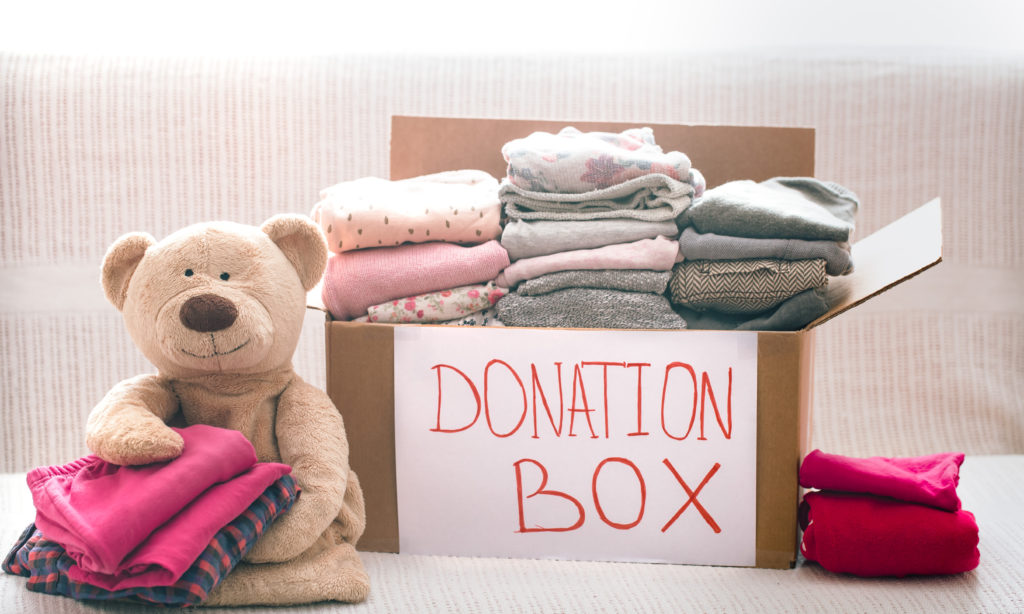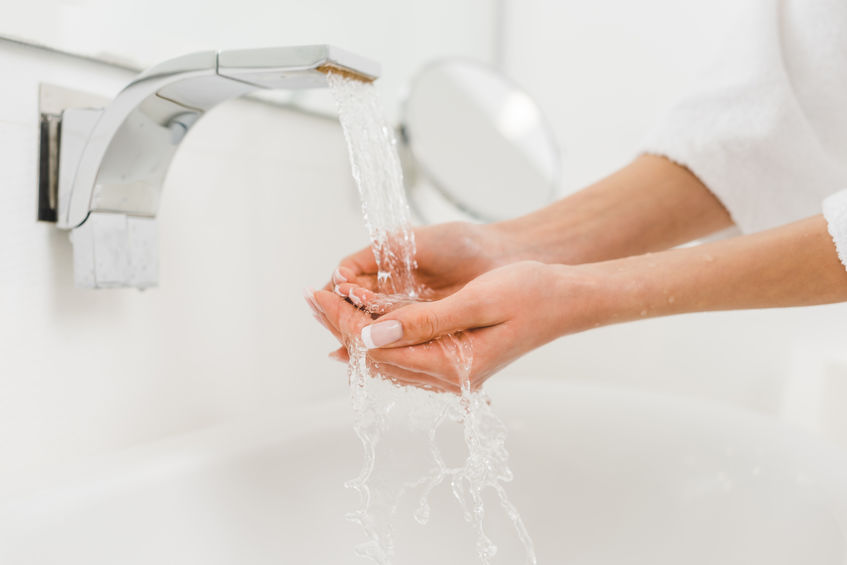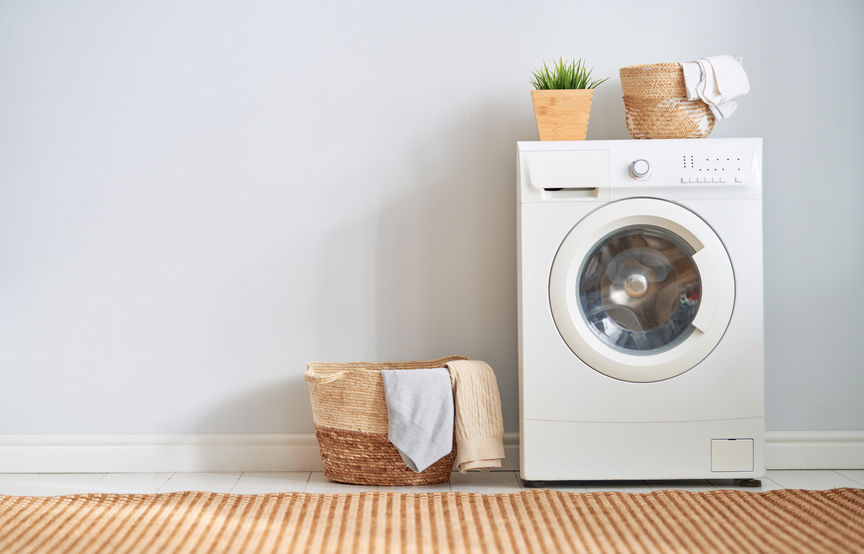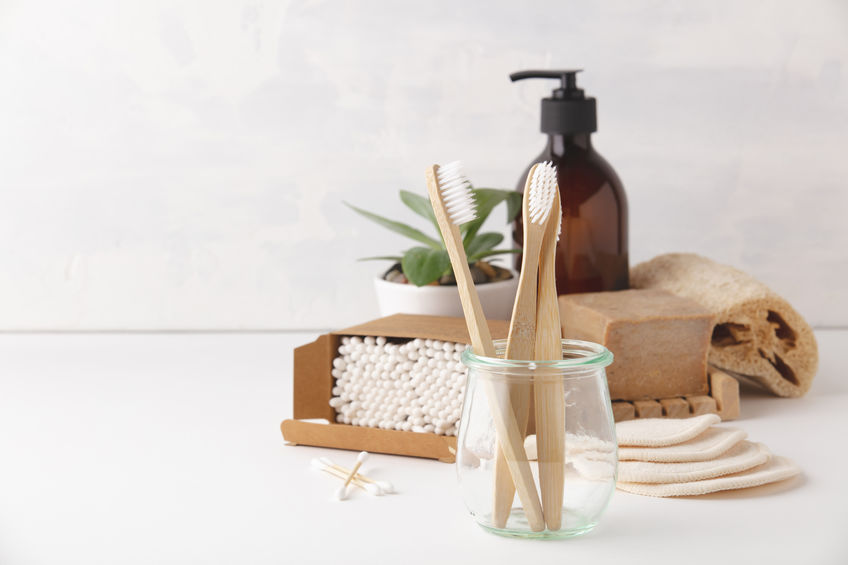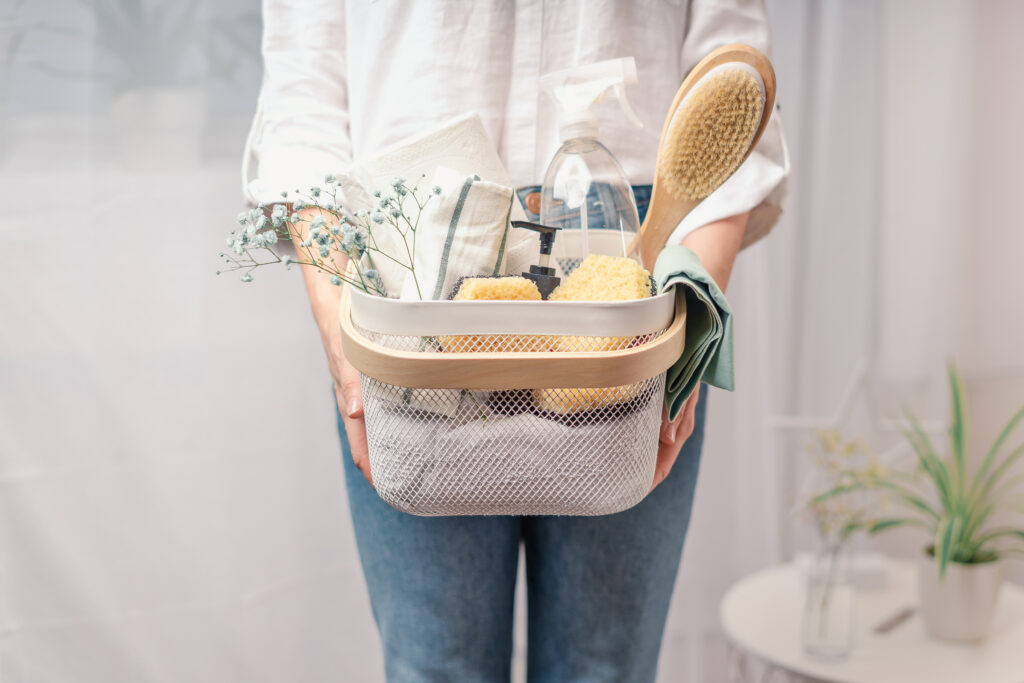
Spring cleaning is an age-old tradition that not only refreshes our homes but also revitalizes our spirits, marking the transition from the cozy winter months to the vibrant bloom of spring. For Arizona homeowners, this ritual holds particular importance due to the unique desert climate, which brings its own set of challenges and considerations. From dust storms to the relentless sun, preparing your home for the warmer months in the Grand Canyon State requires a tailored approach. Here are some essential spring cleaning tips for Arizona homeowners, brought to you by Fulton Homes, committed to building quality homes in welcoming communities.
1. Start with the Air Conditioning Unit
Before the mercury begins its steady climb, ensure your air conditioning unit is in tip-top shape. Replace the filters, check for any damage to the unit, and consider a professional inspection to ensure it’s ready to handle Arizona’s extreme temperatures. Efficient AC not only keeps you cool but also improves indoor air quality, which is crucial in a dust-prone area.
2. Tackle the Dust
Dust can accumulate quickly in Arizona homes, thanks to our proximity to desert landscapes. Begin your spring cleaning with a thorough dusting of all surfaces, including hard-to-reach areas like ceiling fans, top shelves, and blinds. Use a damp cloth to capture the dust effectively, and consider using a vacuum with a HEPA filter to clean your carpets and upholstery, which can harbor dust mites.
3. Seal and Protect Against Pests
As the weather warms up, pests begin to emerge. Take this time to seal any cracks or openings around your home’s exterior to prevent unwanted guests. Consider natural deterrents or hire a professional pest control service for a more thorough approach. Pay special attention to areas like garages and attics, which can be entry points for rodents and insects.
4. Refresh Your Outdoor Spaces
Arizona’s spring is the perfect time to enjoy outdoor living spaces before the summer heat sets in. Clean your patio or deck, check outdoor furniture for wear and tear, and refresh your landscaping. Consider drought-tolerant plants that thrive in Arizona’s climate, adding beauty to your home while conserving water.
5. Window Washing
The beautiful Arizona sunshine is best enjoyed through clean windows. Spring cleaning is the perfect opportunity to wash your windows inside and out. Consider hiring professionals for hard-to-reach windows to ensure a streak-free view of the stunning Arizona landscape.
6. Update Your Home’s Fire Safety Plan
Spring is an ideal time to review and update your home’s fire safety plan. Check smoke detectors, replace batteries if necessary, and ensure your family knows what to do in case of a fire. This is especially important in Arizona, where dry conditions can increase the risk of fires.
7. Declutter and Donate
As you clean, take the opportunity to declutter your space. Donate items you no longer need or use, giving them a new life while reducing clutter in your home. This not only creates a more pleasant living environment but also supports your local community.
8. Embrace Energy Efficiency
With the impending summer heat, consider ways to make your home more energy-efficient. Thermal curtains, LED lighting, and smart thermostats can reduce your energy consumption, lower your bills, and make your home more comfortable during the hot months.
By following these spring cleaning tips, Arizona homeowners can enjoy a home that’s not only clean and fresh but also prepared for the unique challenges of the desert climate. Fulton Homes is proud to support Arizona homeowners in creating spaces that are comfortable, safe, and enjoyable year-round. Happy spring cleaning!

